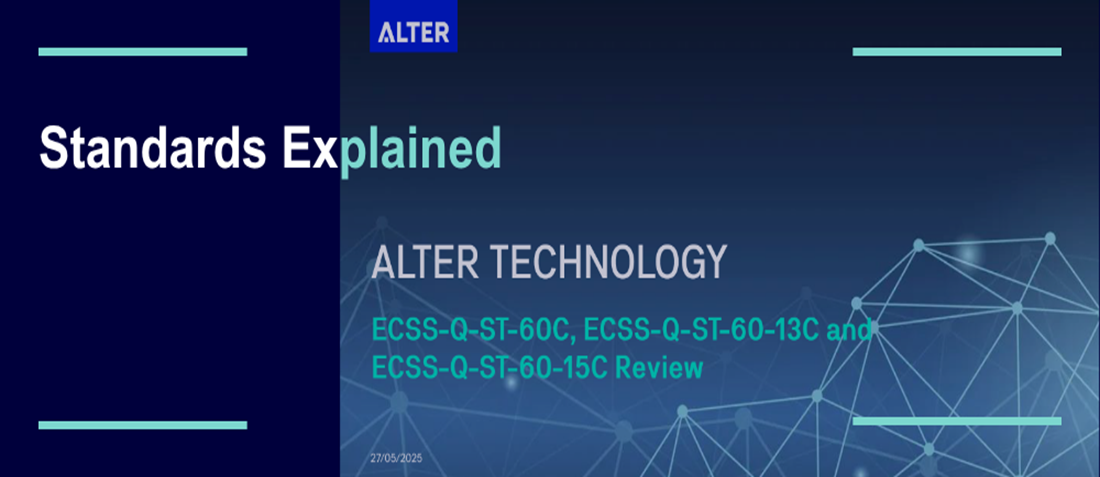
New ECSS-Q-ST-60C Standards Explained- Discover
- Posted by doEEEt Media Group
- On June 4, 2025
- 0
Discover all the key changes that will shape the future of EEE Components in Space.
“ESA specifications form a cornerstone of ALTER’s reliability and procurement methodology for EEE components.”
With the release of the 2025 revisions of the ECSS-Q-ST-60C family of standards now in Public Review, it’s crucial for every engineer, project manager, and component quality expert to understand the new compliance landscape.
This update brings notable advances in the way we handle preferred sources, screening, radiation assurance, handling & storage, especially for commercial (COTS) components and radiation-sensitive designs.
1.ECSS-Q-ST-60C Rev.4 — EEE Core Requirements Modernized
The ECSS-Q-ST-60C standard defines requirements for the assurance of Electrical, Electronic, and Electromechanical (EEE) components in space projects. It establishes processes for selection, qualification, procurement, and testing to ensure the reliability and performance of EEE parts under the demanding conditions of space environments.
Hereunder, there are the most significant changes to the base EEE components standard:
- Bright Tin Plating Ban Reinforced
Components with >97% tin are now expressly prohibited, due to their risk of whisker growth.
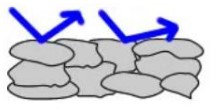
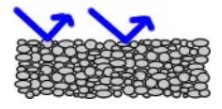
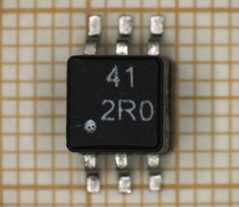
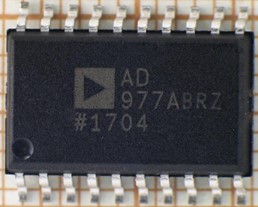
- Parts Control Board (PCB) Logic Aligned with ESA Phases
PCB activities must now align with the mission phases (A–D), introducing a phase-gated component approval process. - Preferred Source Hierarchy Updated
The revised order clarifies when and how to justify moving from ESCC-qualified to industrial or COTS suppliers. - Expanded Precap inspections
Initial customer source (Precap) inspections are now required if the cable is not fully space-qualified. - Expanded DPA Requirements
Destructive Physical Analysis (DPA) is now required for more categories of non-qualified parts, particularly MEMS, Sensors and other component type where DPA is necessary. - New Guidance on Handling and Storage
Shelf-life management, moisture sensitivity, and traceability procedures have been formalized. - PCB is now required for components in class 3 missions
The establishment of a Parts Control Board (PCB) is now mandatory for Class 3 missions, ensuring that component selection, traceability, and risk assessment follow a structured and documented process. - Addition of New Quality Levels for missions
JAXA, GSFC and CECC quality levels have been added to the Quality levels table in every class for the components.
2.ECSS-Q-ST-60-13 Rev.2 — COTS in Space
The ECSS-Q-ST-60-13C standard defines the requirements for the use of commercial Electrical, Electronic, and Electromechanical (EEE) components in space applications. It serves as a complement to the general ECSS-Q-ST-60C standard, adapting its requirements specifically for commercial (COTS) parts.
While this latest revision does not introduce drastic changes, it plays an increasingly critical role—particularly in New Space missions where cost-efficiency and shorter development cycles often necessitate the use of non-space-qualified components.
This new issue reinforces structure and clarity for COTS usage in space projects. Key updates include:
- New conditions for Component Evaluation
Now, supplier shall take into account more conditions like as minimum the sections to be included in test reports. - Updates regarding Component procurement
Commercial components have special procurement conditions for each procured EEE part and trace code. - New table with applicable conditions
Applicable procurement test tables for commercial components.
3.ECSS-Q-ST-60-15 Rev.1 — Radiation Hardness Rewritten
The ECSS-Q-ST-60-15 standard outlines requirements for Radiation Hardness Assurance (RHA) of EEE components in space projects. It addresses the assessment and mitigation of radiation effects, such as Total Ionizing Dose (TID), Displacement Damage (TNID), and Single Event Effects (SEE), to ensure the functionality of systems in radiation-prone environments. The major enhancements are the following:
- Project-Phase Integration of RHA (Phases 0–D)
Each phase now includes specific tasks (e.g., environment definition in Phase A, margin calculations in Phase B).
- TID requirements changes
New methods for defining sensitivity using one-sided tolerance limits with 90% confidence.
Stricter criteria for TID test data, including dose rates, bias conditions, and manufacturing consistency.
Requires advanced methods like 3D Monte Carlo or ray tracing with stricter convergence and modeling standards for TID level (TIDL) Calculations. - TNID requirements changes
Requires TNID sensitivity (TNIDS) to be calculated with tolerance limits and a minimum margin.
Mandates advanced modeling (3D Monte Carlo or ray tracing) for TNIDL calculations. - New Templates for SEE
Introduces criteria for criticality analysis and mitigation of destructive and non-destructive SEE impacts.
Requires event rate calculations and verification of mitigation measures through analysis or testing.
Strengthens reporting requirements for SEE analyses in project reviews.
Special mention to optocouplers sensitivity through the addition of the table 5.5 regarding “Optocouplers Worst-case SET templates”. - ERCB Introduced (Equipment Radiation Control Board)
ERCB Reviews: Introduces “as-designed” and “as-built” Equipment Radiation Control Board (ERCB) reviews to validate radiation compliance at key project stages.
Review Scope: Covers TID, TNID, SEE analyses, part traceability, shielding strategies, and mitigation plans.
Validation: Ensures final radiation analysis aligns with as-built verification results.
Summary: Key Updates Across the ECSS Standards
| Standard | Focus Area | What’s New |
| ECSS-Q-ST-60C Rev.4 | General EEE Quality Assurance | Reinforced tin plating restrictions, updated sourcing hierarchy, expanded DPA |
| ECSS-Q-ST-60-13C Rev.2 | Commercial (COTS) Components | Revised applicability matrix, DPA per component family, clarified procurement |
| ECSS-Q-ST-60-15C Rev.1 | Radiation Hardness Assurance | Full integration into project phases, new SEE testing templates |
Author:
Miguel is a Junior Parts Engineer at ALTER with a Master’s in Electronics, Robotics, and Automation.
He has 2 years of experience in EEE parts Product Assurance & Procurement for the space sector.
His work includes preparing technical documentation, PA supporting space projects, and attending PCBs.
He is currently involved in radiation analysis using tools like FASTRAD and OMERE.
- New ECSS-Q-ST-60C Standards Explained- Discover - June 4, 2025
- Accelerating Space Missions: Launch Faster with the ZSOM-F01 Rad-Tolerant SoM - June 3, 2025
- Miniature RF Connectors - April 29, 2025

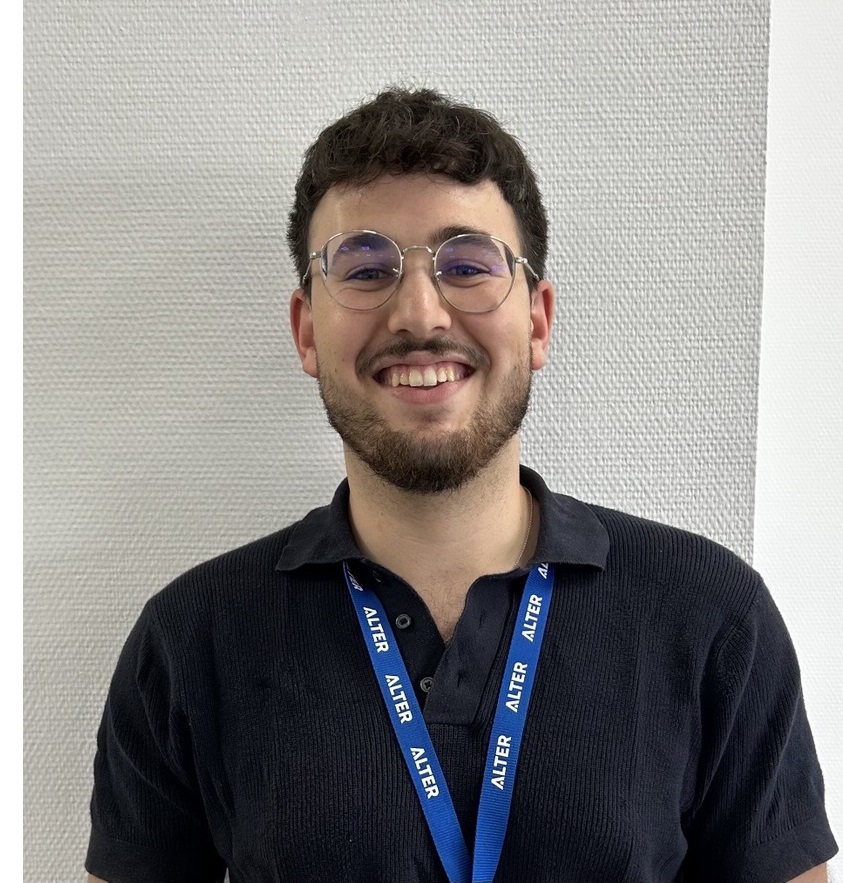
0 comments on New ECSS-Q-ST-60C Standards Explained- Discover